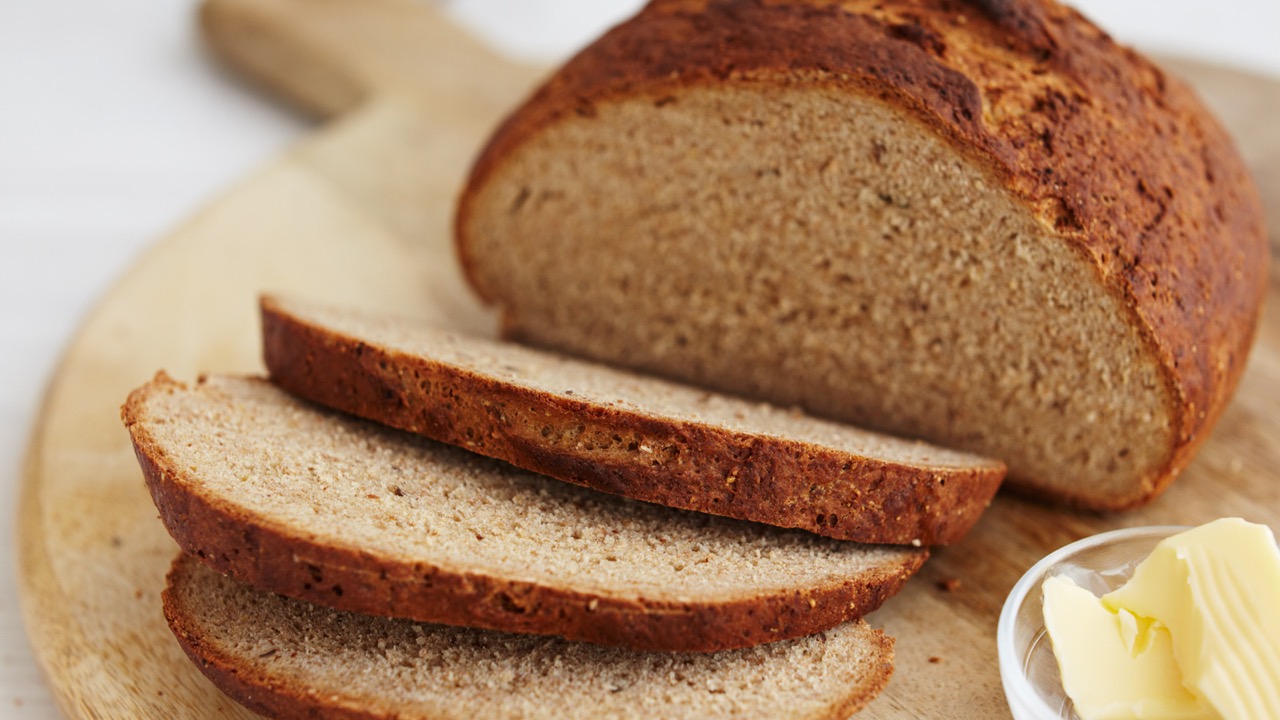

Articles
How To Store Rye Bread
Modified: December 7, 2023
Learn how to properly store rye bread with these helpful articles. Discover tips to keep your rye bread fresh and delicious for longer.
(Many of the links in this article redirect to a specific reviewed product. Your purchase of these products through affiliate links helps to generate commission for Storables.com, at no extra cost. Learn more)
Introduction
Rye bread is a beloved staple in many cultures, known for its rich, earthy flavor and dense texture. Whether you prefer it toasted with a schmear of butter or piled high with your favorite sandwich fillings, properly storing your rye bread is essential to maintain its freshness and quality.
In this article, we will explore why proper storage is important for rye bread, the factors that can affect its shelf life, and provide you with some valuable tips on how to store rye bread effectively to maximize its lifespan.
So, if you’ve ever found yourself wondering how to keep your rye bread fresh and delicious for as long as possible, keep reading and discover the secrets to preserving this delectable bread.
Key Takeaways:
- Proper storage of rye bread is crucial to maintain its freshness, flavor, and texture. Factors like temperature, humidity, and air exposure significantly impact its shelf life. By following recommended storage methods, you can savor delicious rye bread for an extended period.
- Stale rye bread can be revived by lightly moistening the crust and baking it in a low-temperature oven. This simple technique restores moisture and crispness, allowing you to enjoy every slice once again.
Read more: How To Make Rye Bread In A Bread Machine
Why is Proper Storage Important?
Properly storing rye bread is crucial for several reasons. Firstly, it helps to maintain the bread’s freshness, flavor, and texture. Rye bread has a higher moisture content compared to other types of bread, making it more prone to drying out and becoming stale quickly.
By storing your rye bread correctly, you can prevent it from becoming dry and tough, ensuring that each slice remains soft and enjoyable to eat.
Secondly, storing rye bread properly can help minimize the growth of mold and harmful bacteria. Rye bread is particularly susceptible to mold due to its high moisture and sugar content.
Improper storage, such as leaving the bread exposed to air or keeping it in a humid environment, can create a breeding ground for mold and bacteria. These can not only affect the taste and quality of the bread but also pose health risks if consumed.
Lastly, proper storage can help extend the shelf life of your rye bread. With its dense texture, rye bread tends to have a shorter shelf life compared to lighter bread varieties. However, by following the correct storage methods, you can prolong its freshness and savor it for an extended period.
To sum it up, proper storage practices ensure that your rye bread stays fresh, delicious, and safe to consume. It not only preserves its taste and texture but also helps prevent mold growth and extends its shelf life.
Factors that Affect Rye Bread Storage
When it comes to storing rye bread, there are several factors that can significantly impact its shelf life and overall quality. Understanding these factors will help you implement the right storage methods to ensure the longevity of your bread. Here are some key factors to consider:
- Temperature: The temperature at which you store rye bread plays a crucial role in its freshness. Rye bread should be kept in a cool and dry environment to prevent it from becoming stale or developing mold. Extreme temperatures, whether hot or cold, can degrade the quality of the bread.
- Humidity: Rye bread is sensitive to moisture and humidity. Excessive humidity can make the bread soggy and promote mold growth. On the other hand, extremely dry conditions can cause the bread to become dry and hard. Strike a balance by storing rye bread in a moderately humid environment.
- Air Exposure: Exposure to air accelerates the staling process of rye bread. Oxygen in the air can dry out the bread and lead to a loss of moisture, resulting in it becoming dry and unappetizing. Keeping the bread tightly sealed or wrapped helps to minimize air exposure and retain moisture.
- Storage Container: Choosing the right storage container is important for preserving the freshness of rye bread. Opt for airtight containers or resealable plastic bags that provide a barrier against air and moisture. Avoid using paper bags or bread boxes as they do not offer adequate protection.
- Other Foods: Rye bread can absorb odors from other foods in the refrigerator or pantry, affecting its flavor. To prevent this, store rye bread separately from strongly scented foods like onions or spices.
By considering these factors and taking the necessary precautions, you can ensure that your rye bread remains fresh, flavorful, and enjoyable for an extended period.
Tips for Storing Rye Bread
To keep your rye bread fresh and delicious for as long as possible, follow these handy tips for proper storage:
- Wrap it well: Use plastic wrap or a resealable bag to tightly wrap your rye bread. This will help seal in the moisture and prevent it from drying out.
- Store at room temperature: If you plan to consume the bread within a couple of days, it is best to store it at room temperature. Find a cool, dry spot away from direct sunlight and keep the bread in a sealed container or wrapped in plastic to maintain its freshness.
- Avoid refrigeration: While refrigeration can help prolong the shelf life of some bread, rye bread tends to stale faster in the fridge. The cold temperature can cause the bread to become dry and lose its texture. Only refrigerate rye bread if you are not planning to consume it within a day or two.
- Freeze for long-term storage: If you want to store rye bread for an extended period, freezing is the best option. Slice the bread and wrap each slice individually in plastic wrap or aluminum foil. Place the wrapped slices in a freezer-safe container or a ziplock bag. Frozen rye bread can last for several months.
- Thaw slices as needed: When you want to enjoy frozen rye bread, take out as many slices as you need and thaw them at room temperature. Avoid refreezing thawed slices as it can affect the texture and taste.
- Refresh stale bread: If your rye bread has gone slightly stale, you can revive it by lightly moistening the crust with water and heating it in the oven at a low temperature for a few minutes. This will help restore the crust’s crispness and make the bread more enjoyable.
By following these tips, you can ensure that your rye bread stays fresh, moist, and full of flavor, allowing you to savor it for an extended period without compromising its quality.
Method 1: Room Temperature Storage
Storing rye bread at room temperature is ideal if you plan to consume it within a couple of days. Follow these steps to ensure proper room temperature storage:
- Wrap the bread: Start by tightly wrapping the rye bread in plastic wrap or placing it in a sealed container. This will help retain moisture and prevent it from drying out.
- Choose a cool spot: Find a cool area in your kitchen or pantry away from direct sunlight, as sunlight can cause the bread to become stale more quickly. Avoid areas with high humidity as well.
- Avoid air exposure: Make sure the bread is well protected from air exposure. Keep it in a sealed container or wrap it tightly in plastic wrap to prevent moisture loss and staling.
- Check for freshness: Before consuming the bread, check for any signs of mold or spoilage. Discard the bread if you notice any strange odors, discoloration, or visible mold growth.
By following these steps, you can enjoy fresh and delicious rye bread stored at room temperature for a short period.
However, keep in mind that rye bread tends to stale faster at room temperature compared to refrigeration or freezing methods. If you don’t plan to consume the bread within a few days, it is recommended to consider other storage options, such as refrigeration or freezing.
Store rye bread at room temperature in a paper bag for up to 2 days. For longer storage, wrap it in plastic wrap and freeze for up to 3 months. Thaw at room temperature when ready to eat.
Read more: How To Plant Winter Rye Grass Seed
Method 2: Refrigerator Storage
If you want to extend the shelf life of your rye bread beyond a couple of days, storing it in the refrigerator can help. The cold temperature of the fridge helps slow down the staling process. Follow these steps for proper refrigerator storage:
- Wrap the bread: Start by tightly wrapping the rye bread in plastic wrap or place it in a resealable plastic bag. This will help protect it from drying out and absorbing any odors from other foods in the refrigerator.
- Label and date: If you have multiple types of bread in the fridge, it’s a good practice to label and date the rye bread packaging. This will help you keep track of its freshness and prevent confusion.
- Store in the main compartment: Place the wrapped rye bread in the main compartment of the refrigerator. Avoid storing it in the door as the temperature can fluctuate more in that area, affecting the bread’s quality.
- Consume within a week: Refrigeration can help prolong the shelf life of rye bread, but it’s best to consume it within a week for optimal taste and freshness. After that time, the bread may start to lose its texture and flavor.
It’s important to note that refrigerating rye bread can cause it to become dry and lose its softness. Therefore, if you prefer a softer texture, it’s recommended to toast or warm the refrigerated rye bread before consuming.
Remember to check the bread for any signs of spoilage, such as mold or foul odors, before consuming. If you notice any signs of spoilage, discard the bread immediately.
Refrigerator storage is best suited for those who want to extend the shelf life of their rye bread while maintaining its overall quality.
Method 3: Freezer Storage
If you want to store rye bread for an extended period, freezing is the most effective method. Freezing keeps the bread fresh by halting the staling process and prevents the growth of mold and bacteria. Follow these steps for proper freezer storage:
- Slice the bread: Start by slicing the rye bread into individual portions. This allows you to thaw only the slices you need without having to defrost the entire loaf.
- Wrap each slice: Individually wrap each slice of rye bread tightly in plastic wrap or aluminum foil. This helps to prevent freezer burn and maintain the bread’s moisture.
- Seal in a container: Place the wrapped slices in a freezer-safe container or a sealable freezer bag. This provides an additional layer of protection against freezer burn and helps to maintain the bread’s freshness and flavor.
- Label and date: It’s important to label the container or bag with the contents and the date of freezing. This will help you keep track of the bread and ensure you use it within a reasonable timeframe.
- Freeze for up to three months: Frozen rye bread can be stored for up to three months without compromising its quality. However, for the best taste, it’s recommended to consume it within two months.
When you’re ready to enjoy the frozen rye bread, simply remove the desired number of slices from the freezer and thaw them at room temperature. Avoid refreezing thawed bread as it can lead to texture deterioration.
Remember to check the bread for any signs of mold or spoilage before consuming. If you notice any signs of spoilage, discard the bread immediately.
Freezer storage ensures that you always have a supply of fresh rye bread on hand, allowing you to enjoy it whenever you crave it.
How to Refresh Stale Rye Bread
Stale rye bread doesn’t have to go to waste! With a few simple techniques, you can revive its freshness and enjoy it once again. Here’s how to refresh stale rye bread:
- Lightly moisten the crust: Start by lightly moistening the crust of the stale rye bread with water. Use a pastry brush or spray bottle to evenly distribute a small amount of water over the crust.
- Preheat the oven: Preheat your oven to a low temperature, around 300°F (150°C). This gentle, low heat will help bring back some of the bread’s moisture and crispness.
- Bake for a few minutes: Place the moistened rye bread directly on the oven rack or on a baking sheet. Bake it for a few minutes, typically 5 to 10 minutes, until the crust becomes crisp and the interior regains some softness.
- Allow it to cool: Once the bread is refreshed, remove it from the oven and allow it to cool completely before slicing or serving. This will ensure that the moisture is evenly distributed throughout the loaf.
By following these steps, you can breathe new life into stale rye bread and enjoy it as if it were fresh out of the oven. The refreshed bread can be used for sandwiches, toast, or any other way you would enjoy freshly baked rye bread.
However, it’s worth noting that while refreshing stale rye bread can improve its texture and taste, it’s best to consume it within a day or two after refreshing. The process can restore some of the bread’s freshness, but it won’t last as long as truly fresh bread.
So, the next time you have stale rye bread on hand, don’t toss it aside. Instead, try this simple method to revive it and make the most out of every slice.
Conclusion
Properly storing rye bread is essential to maintain its freshness, flavor, and quality. Whether you choose to store it at room temperature, in the refrigerator, or in the freezer, following the recommended methods will help preserve its taste and extend its shelf life.
Factors such as temperature, humidity, and air exposure can greatly impact the storage of rye bread. By understanding these factors and implementing the necessary precautions, you can ensure that your rye bread remains fresh and delicious for as long as possible.
When storing rye bread at room temperature, it’s important to wrap it tightly in plastic wrap and choose a cool, dry spot away from direct sunlight. Refrigerating rye bread can help prolong its shelf life, but it may cause the bread to become dry. Freezing rye bread is the most effective method for long-term storage, allowing you to enjoy it for several months.
If you find yourself with stale rye bread, don’t despair. You can easily refresh it by lightly moistening the crust and baking it in a low-temperature oven. This simple technique will bring back some of the bread’s moisture and crispness, making it enjoyable once again.
Remember to check for any signs of mold or spoilage before consuming rye bread, and discard it if necessary to ensure your health and safety.
By implementing these storage methods and refreshing techniques, you can make the most out of your rye bread, preventing waste and ensuring that every slice is a delight to savor.
So, next time you bring home a fresh loaf of rye bread, use these tips to store it properly and enjoy its delectable flavor for an extended period.
Frequently Asked Questions about How To Store Rye Bread
Was this page helpful?
At Storables.com, we guarantee accurate and reliable information. Our content, validated by Expert Board Contributors, is crafted following stringent Editorial Policies. We're committed to providing you with well-researched, expert-backed insights for all your informational needs.

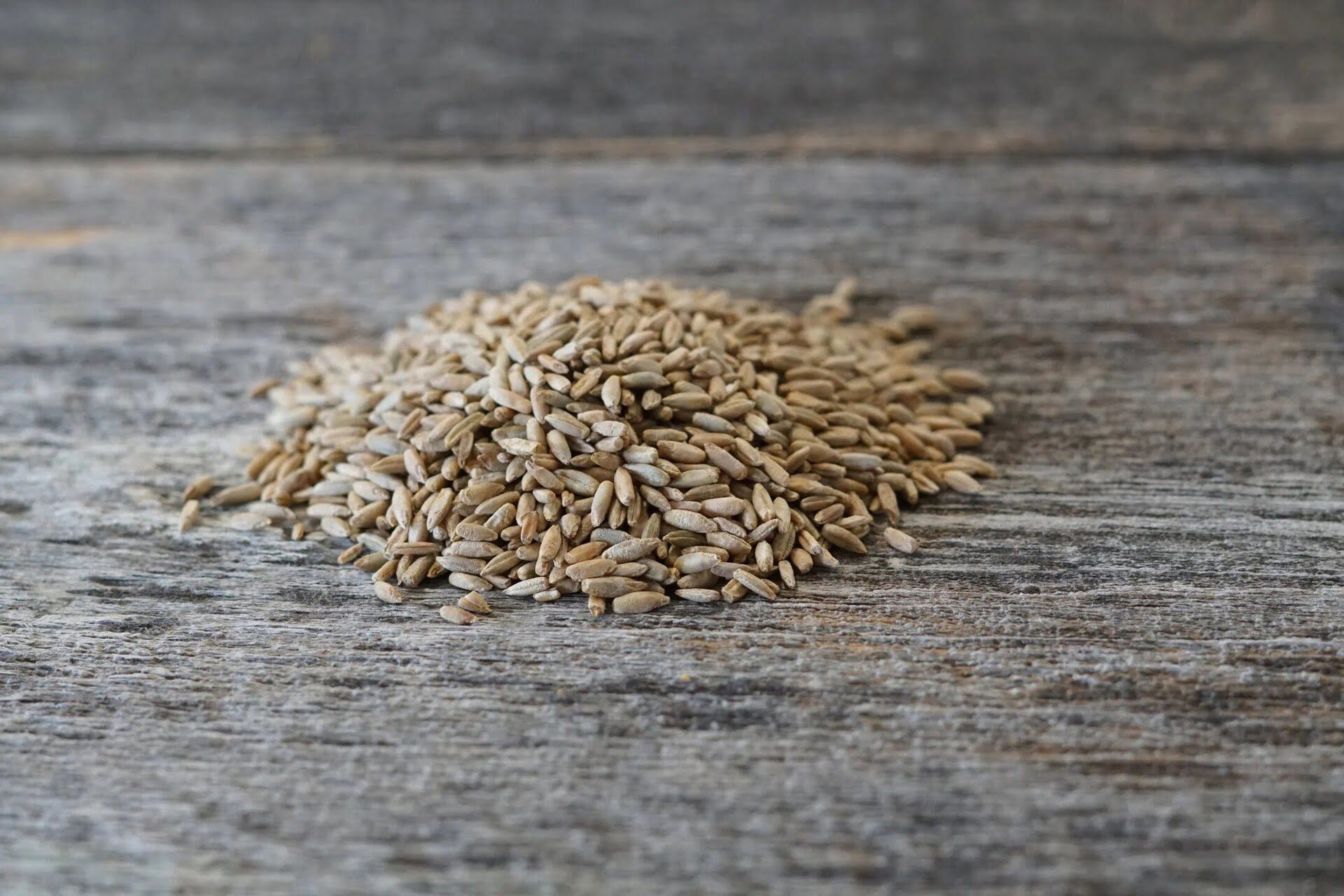




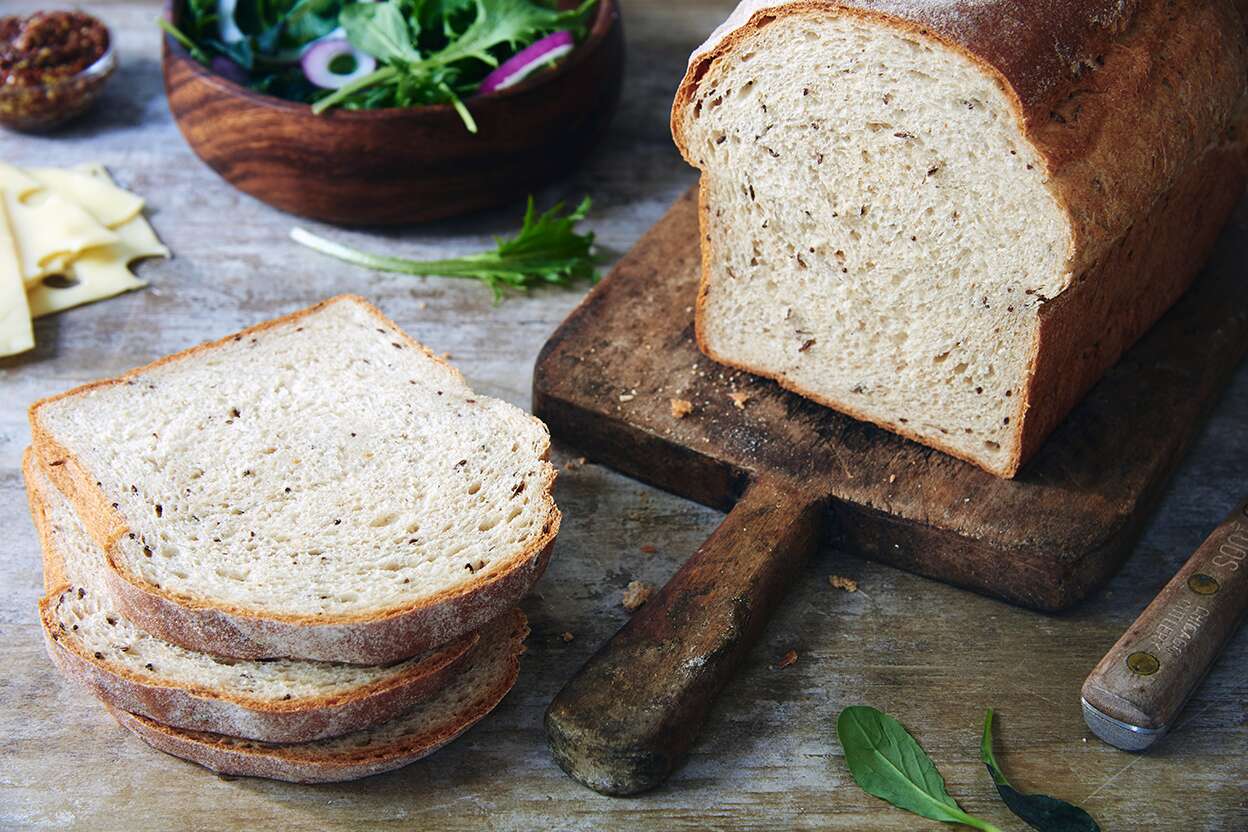

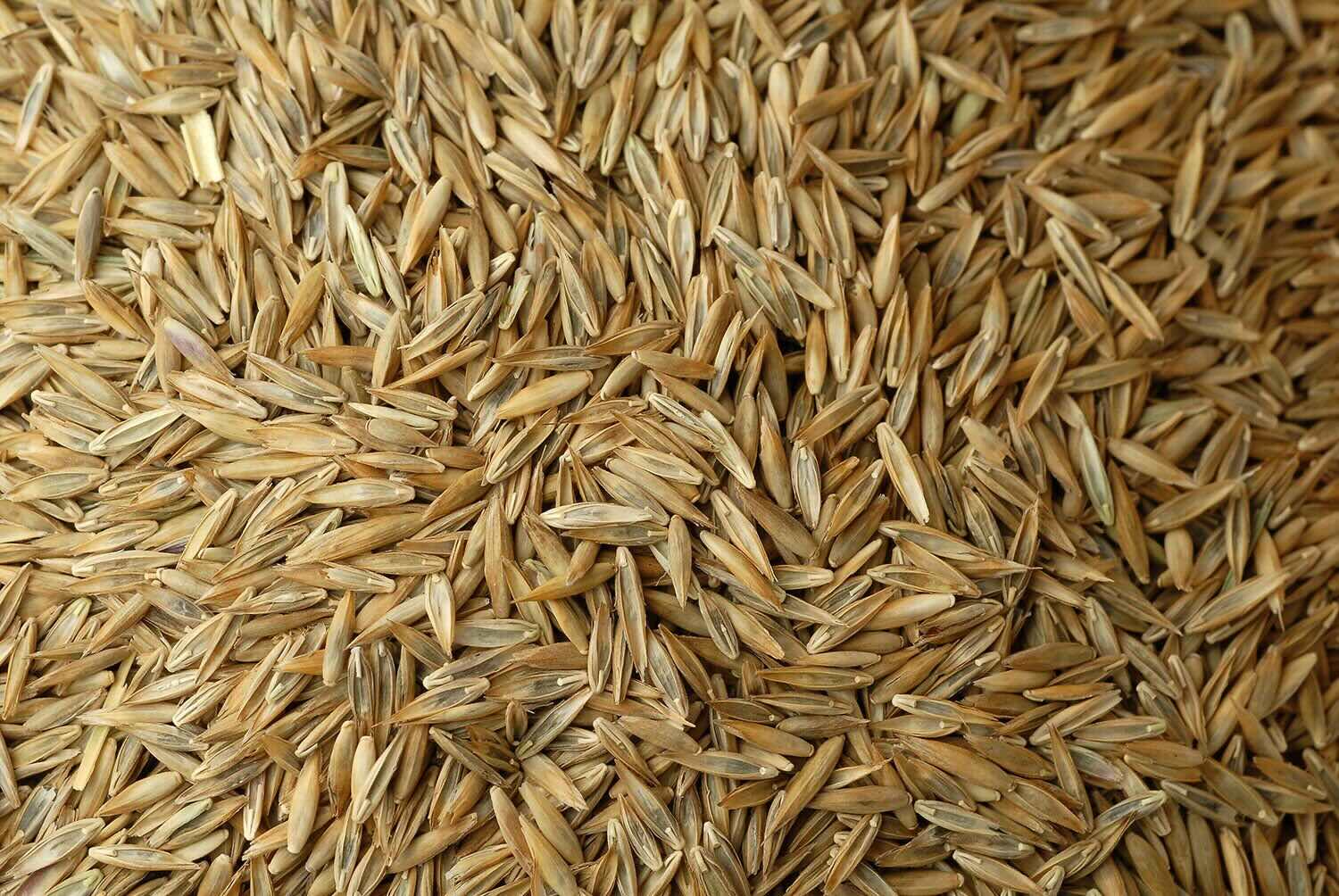

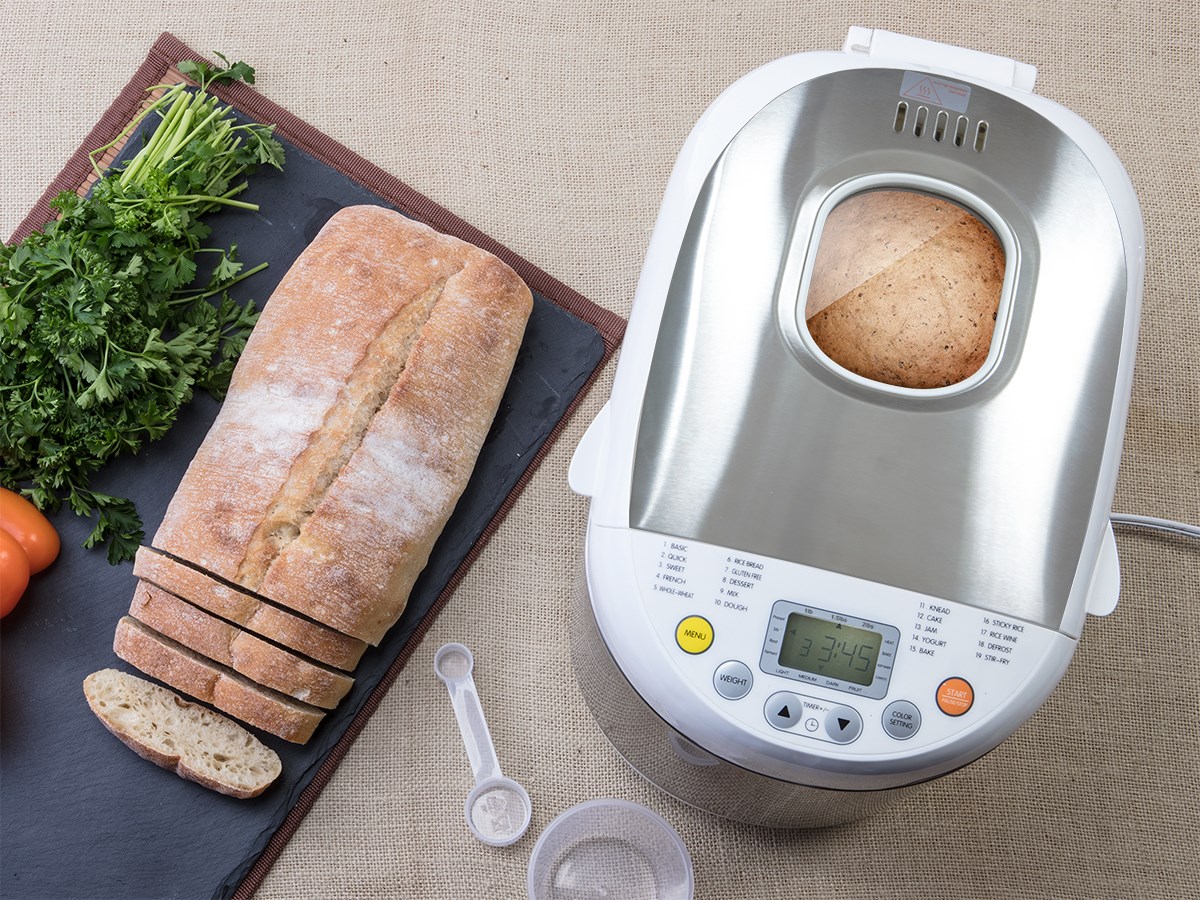
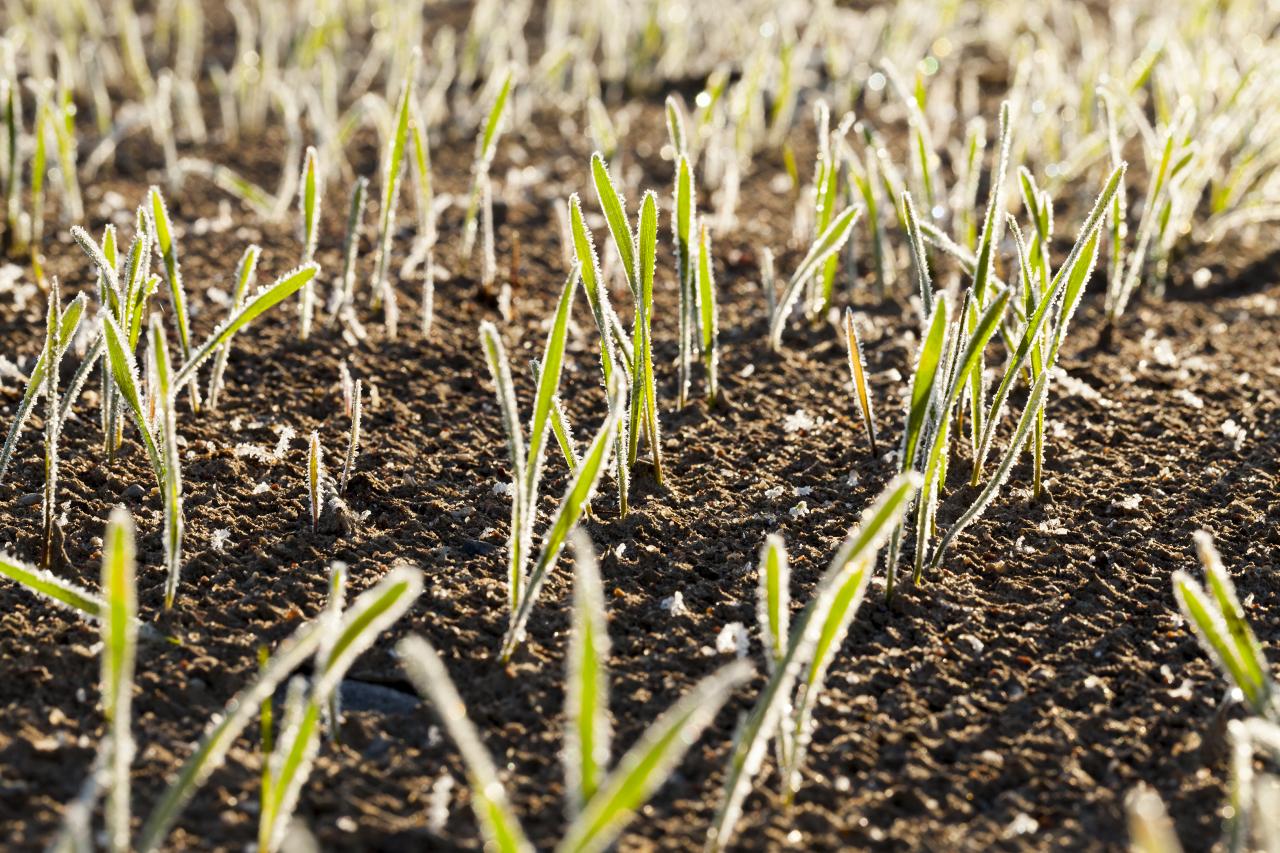

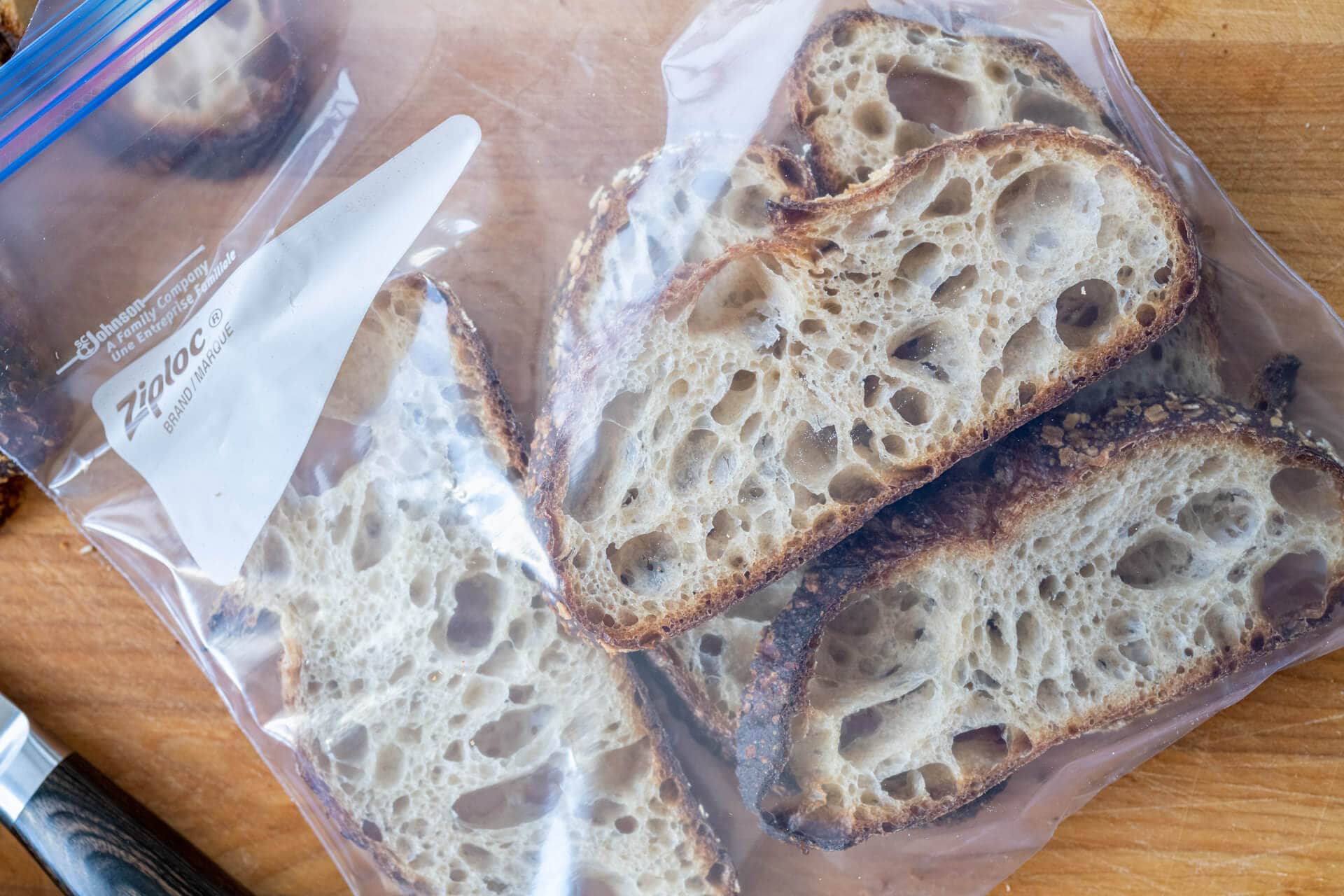

0 thoughts on “How To Store Rye Bread”